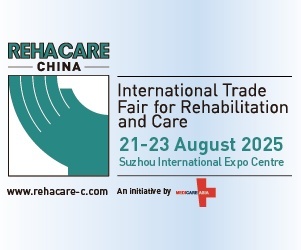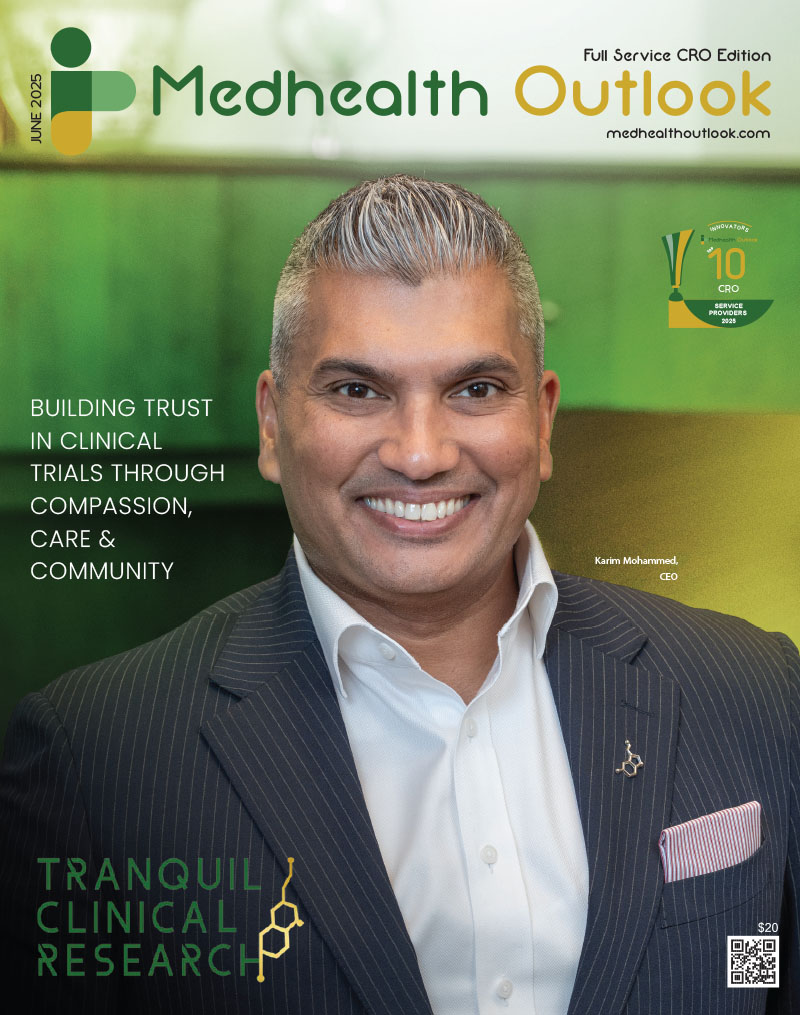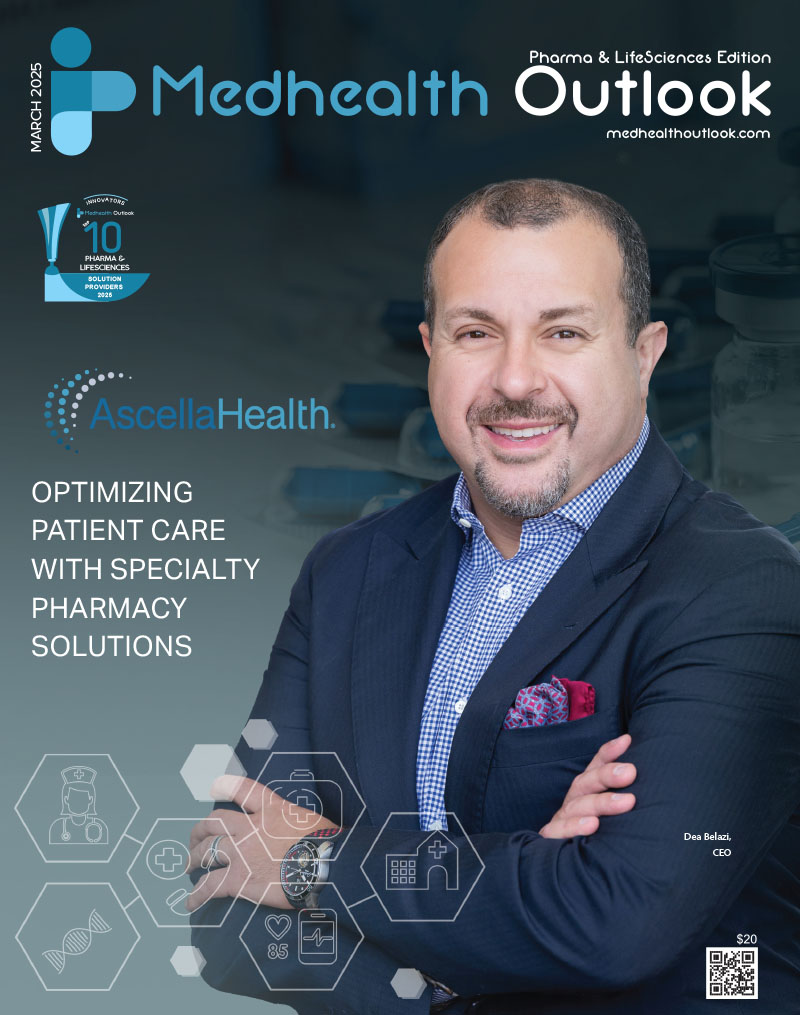Mergers among U.S. hospitals and health systems have accelerated, with 65 announced in 2023—up from 53 in 2022 and the highest number since 2020.1 These consolidations are often driven by competitive pressure, financial constraints, and the pursuit of scale. Unfortunately, research shows such mergers frequently lead to higher healthcare prices without commensurate improvement in quality.2 The rise in cross-market mergers—such as the recently completed acquisition of Pennsylvania’s Geisinger Health by California based Kaiser Permanente—adds complexity to operational and cultural integration efforts.2 In this shifting landscape, one vital concern for administrators is maintaining the continuity of clinical research, which often risks disruption amid organizational change.
Clinical trials are long-term efforts involving complex logistics, multi-year timelines, and vulnerable patient populations. Any disruption during a merger—whether due to leadership changes, new electronic health record systems, or shifting institutional priorities—can impact patient safety and the scientific integrity of ongoing research. Health leaders emphasize that trials are often “lifesaving” opportunities for patients who have exhausted standard treatment options.3 For these patients, a clinical trial is not just research—it’s care.
Unfortunately, mergers can destabilize research programs. A notable example occurred at Oregon Health & Science University (OHSU), where a proposed merger coincided with cost-cutting, low morale, and the resignation of the cancer institute’s director.3,4 These disruptions highlight the need for proactive strategies to safeguard research programs throughout periods of institutional flux.
One such strategy is partnering with contract research organizations (CROs). CROs are specialized firms that manage various aspects of clinical trials, including regulatory compliance, data management, and trial logistics. They serve as external, stable partners capable of maintaining research continuity amidst internal organizational change. Because CROs operate independently of hospital administrative structures, they can preserve timelines, data integrity, and protocol adherence even when internal systems are in transition.
Several global CROs exemplify this stabilizing role. IQVIA, the world’s largest CRO, offers advanced analytics, clinical trial support, and regulatory services worldwide.5 Similarly, Fortrea—formerly Labcorp’s drug development arm—delivers global Phase I–IV trial management and technology solutions.6 ICON plc, following its acquisition of PRA Health Sciences, provides comprehensive clinical development services in more than 40 countries.5 Parexel, with over 21,000 employees globally, supports nearly every therapeutic area and emphasizes end-to-end continuity.7
When a hospital system undergoes restructuring or acquisition, CROs retain operational memory—protocols, databases, staff expertise—ensuring uninterrupted research. Their support reassures both patients and investigators that work continues regardless of shifting corporate structures.
While large CROs offer robust global support, mid-sized and niche CROs bring flexibility and specialized focus. Medpace, for instance, has grown organically rather than through acquisitions, reinvesting in its workforce to deliver personalized, collaborative support.8 This stability makes Medpace particularly valuable to researchers navigating the uncertainty of a merger.
Smaller CROs also play a critical role. Veristat, a CRO with nearly three decades of experience, is known for scientific rigor and a focus on complex and rare disease trials. It provides regulatory guidance, trial execution, and strategic planning— crucial support when a health system must preserve high-stakes research during a merger.9 Meanwhile, Elligo Health Research has pioneered a “research-as-care” model integrating clinical trials into everyday practice. Using electronic health record data and partnerships with physician practices, Elligo helps organizations maintain patient-centered research during transitions.10
Together, these CROs form a safety net for clinical trials at risk during mergers. Whether global giants or agile specialists, CROs provide infrastructure, personnel, and operational continuity—ensuring trials progress smoothly even amid organizational upheaval.
Healthcare consolidation is not limited to the U.S.; it is a global trend. Across Europe and other regions, hospital systems have pursued mergers to improve efficiencies and expand services. The UK’s National Health Service represents one large-scale consolidation model under government oversight. In such context, the challenge remains the same: how to preserve quality and research continuity during organizational change.
Here, too, CROs provide a solution. The largest CROs operate internationally, often acquiring regional partners to expand capabilities and deliver seamless support. For example, Novotech, an Australian CRO, acquired a European counterpart to provide continuity across continents in response to sponsor demand.11 Such moves enable multinational research to proceed smoothly through local or regional mergers.
In conclusion, as health systems continue to consolidate, administrators must recognize protecting clinical research is both a challenge and a necessity. Research fuels innovation and supports patient care, often serving as the last hope for many patients. Mergers must not derail this critical work. CROs offer a proven path forward. Their experience, scale, and adaptability make them essential partners in preserving research integrity through change.
By leveraging CRO support—whether from a global leader or a niche specialist—health systems can ensure clinical research not only survives consolidation but emerges stronger and more integrated. In doing so, they safeguard their mission to advance medicine and improve lives.
Works Cited
- Southwick, R. “There were more hospital mergers in 2023, and financial distress is driving more deals.” Chief Healthcare Executive, 19 Jan. 2024.
- Godwin, J., et al. “Understanding Mergers Between Hospitals and Health Systems in Different Markets.” KFF, 23 Aug. 2023.
- Sadiq, S. “OHSU faces big challenges, from proposed merger to uncertainty over federally funded research.” OPB, 6 Feb. 2025.
- Njus, E. “OHSU Names Interim Leader, Punting on Previously Announced Replacement for Departing President.” OregonLive, 2 Nov. 2024.
- “Top 10 Contract Research Organizations to Watch in 2024.” Proclinical, 2024.
- Pharmaceutical Technology. “Labcorp forms spin-off of Fortrea.” Pharm. Tech., 5 July 2023.
- “Parexel Announces Innovative Collaboration with AI Company Partex.” GlobeNewswire, 6 Feb. 2023.
- Ergomed Plc. “Medpace’s revenue increased by 29.2% to $1.89 billion.” Investor Presentation, Feb. 2024.
- Business Wire. “Veristat Acquires Biometrics-focused Instat Clinical Research.” Business Wire, 19 Oct. 2023.
- Business Wire. “Elligo Health Research Expands EU and U.K. Clinical Trial Support With WHYZE Health.” Business Wire, 20 Feb. 2024.
- Informa Connect – Clinical Insider. “CRO deal making dominated by skills and reach focused mergers in 2023.” 19 Dec. 2023.



















